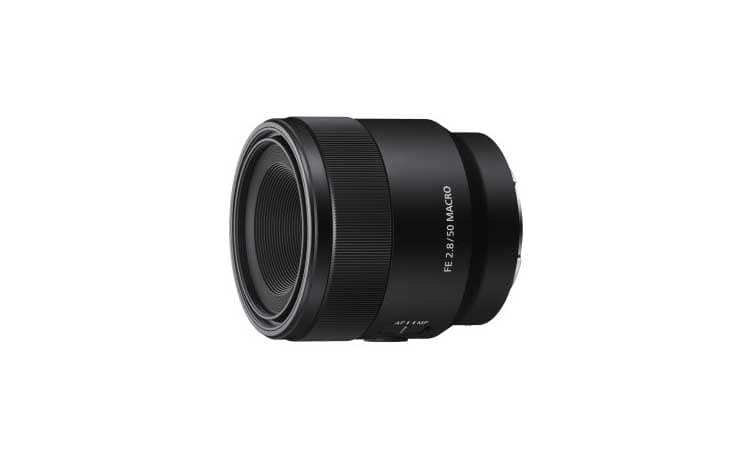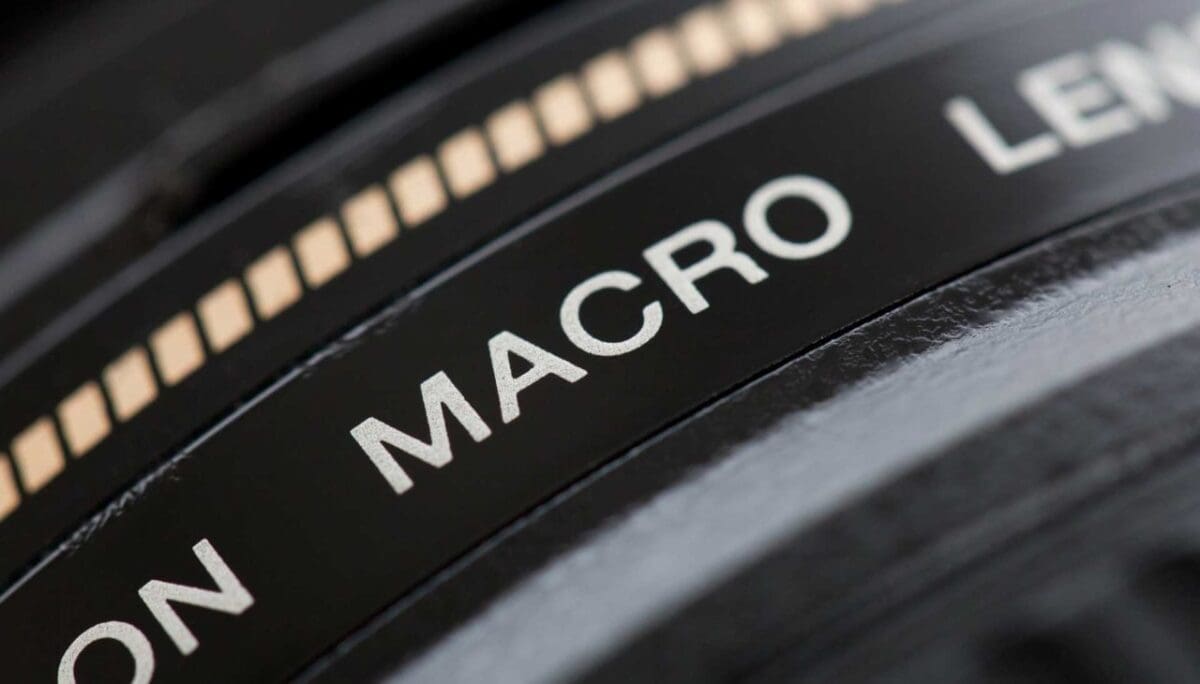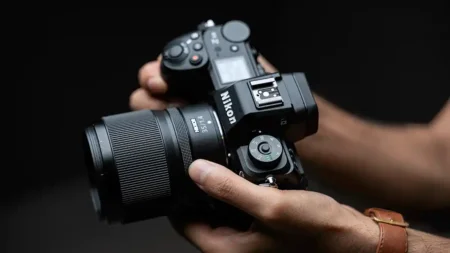If you’re serious about close-up photography and want to start shooting images that look more professional, a dedicated macro lens is the obvious choice. But as you have probably suspected, macro lenses aren’t cheap. Therefore if you’re going to buy a macro lens you’ll want to make sure that you’re getting one that has all of the features you need to take the type of shots you want.
In this quick guide we’ll help you make an informed choice when you come to buy a macro lens by running through the key features and specifications you’re likely to need. But first…
What is a macro lens?
While ‘normal’ lenses are optimised so that sharpness and contrast improve towards infinity focusing, macro lenses provide the opposite. A macro lens offers stunning sharpness, contrast and overall high image quality when focusing on subject up close.
Macro lenses are also typically very sharp bits of glass, and this is why many professional photographers also choose to use them as portrait lenses.
Macro lenses are actually quite versatile optics. As well as close-ups you can use them to photograph just about anything! What’s more, the quality you get from a macro lens is second to none. Once you use one and experience its level of sharpness, you’ll never go back.

What is magnification ratio in a macro lens?
When we talk about the magnification ratio of a macro lens – or reproduction ratio as it’s also known – what we’re talking about is how big your subject will be vs the image sensor on which it was shot. This is perhaps the most important feature in a macro lens.
True macro lenses will boast a magnification ratio of 1:1. This means your subject will be the same size as your camera’s image sensor. A macro lens with a magnification ratio of 1:2 means your subject will be double the height and width. You get the idea.
So if a lens offers a magnification ratio of less than 1:1, it’s probably not a true macro lens.
Understanding focusing mechanisms in a macro lens
All modern macro lenses you can buy will have an autofocus facility. These autofocus macro lenses will either have ‘silent’ motors or older screw-driven ones.
You’ll pay more for a silent lens, but if your macro photography involves live subjects like insects that might get scared off by noise, a silent lens is probably worth the expense. Also, if you shoot any video with it you’ll appreciate that silent motor on playback!
It’s also worth finding out whether the macro lens you’re thinking of buying focuses internally. If a macro lens focuses internally your lens barrel will retain the same shape as you change focus. If it’s a variable focus lens, the barrel will extend in length as you adjust your focus.
For the most part, this won’t affect your images much. However a lens that extends might necessitate a tripod, as your centre of gravity will change as a lens extends.
It’s also worth pointing out that if you’re considering going down the second-hand route to buy a macro lens you could save some money with a manual focus-only lens.
If you’re buying a macro lens solely for macro photography, having a manual focus-only lens probably won’t slow you down all that much because you’ll likely be focusing manually anyway. But if you want to use your macro lens for other subjects, not having autofocus could prove inconvenient.
Is Vibration Reduction important on a macro lens?
This is a tricky one. If you’re buying a macro lens solely for your macro photography, and you plan to use a tripod at all times then… no, Vibration Reduction isn’t all that important.
But if you think you might shoot the odd subject handheld or use your macro lens for portraiture, then a lens with Vibration Reduction will help you achieve sharper images.
What focal length is best in a macro lens?
You can find macro lenses in a wide variety of focal lengths. The most common focal lengths are usually 50mm, 60mm, 100mm, 105mm and 180mm. So what difference does this make when you’re shooting close-up? A lot!
For starters, the shorter the focal length of a macro lens, the less it costs. And you’ll find this general rule extends across all brands. That said, a macro lens with a fast aperture and a short focal length might be more expensive or on par with a macro lens boasting a longer focal length. Nothing is easy, is it!
But as well as being cheaper, the shorter the focal length of a macro lens, the smaller and lighter it will also be. For example the Sigma 50mm f/2.8 EX DG macro lens is priced £319.99 and weighs 320g, while its 105mm f/2.8 EX DG macro lens is priced £499.99 and weighs 460g.
So, is a macro lens with a shorter focal length better? For your wallet, probably. But for your macro photography? Not really.
See, just like with ‘normal’ lenses, the shorter the focal length, the closer you need to get to your subject to fill the frame with it.
If your macro photography mostly revolves around static subjects like flowers, a shorter focal length will be absolutely fine. You can get as close as you need.
But if you shoot insects or other small, skittish subjects it might be worth plumping for a 100mm macro lens or higher to give you that extra bit of distance you often need to capture your subjects in their natural state.
There’s nothing more frustrating for you – or your subjects! – than constantly frightening them away because you have to get so close.
What’s more, the closer you have to get to your subject, the more you are going to block the natural light illuminating it, giving you longer shutter speeds and muted tones.



